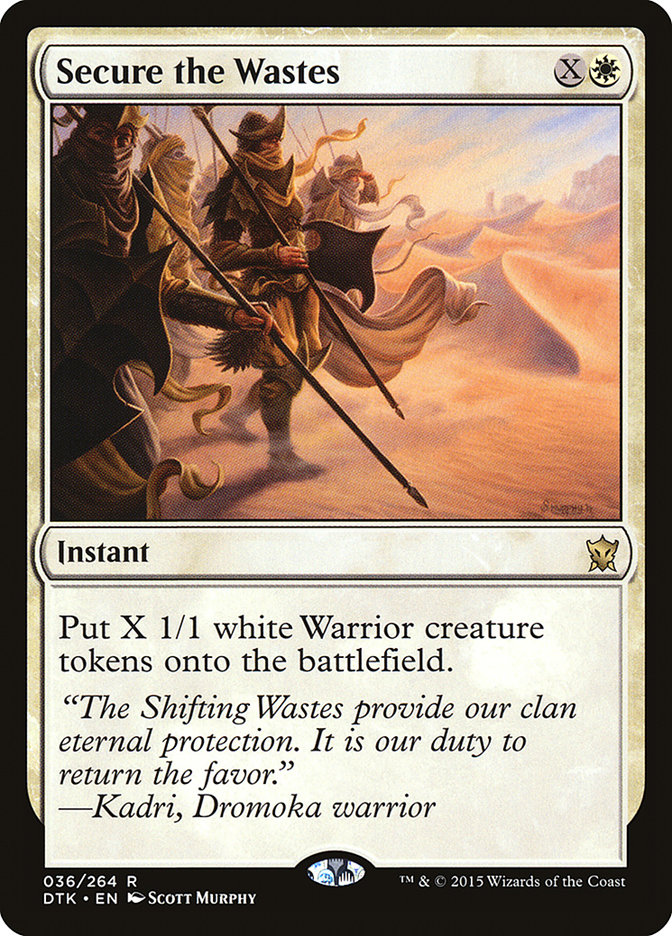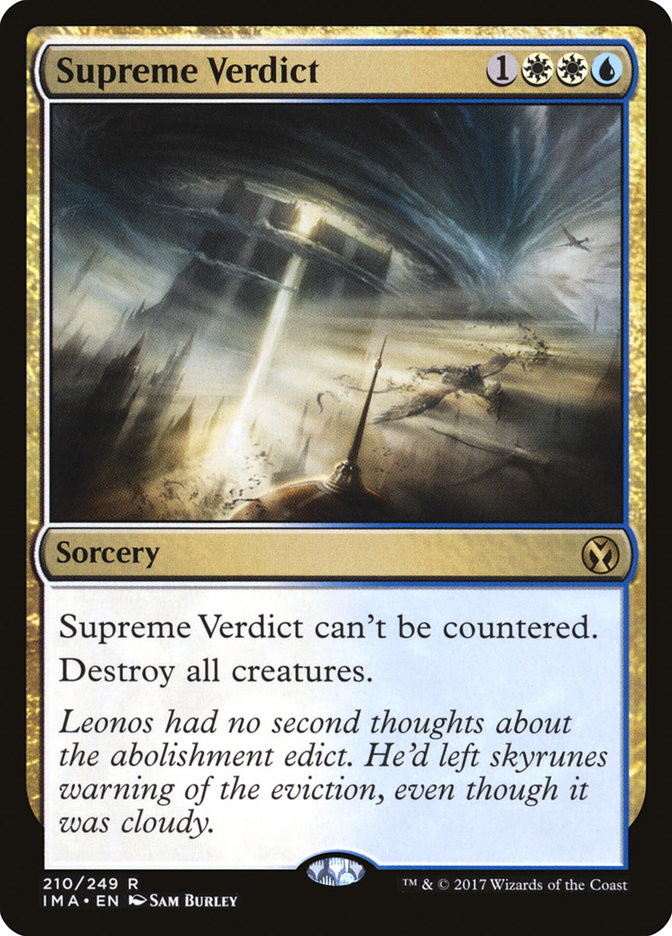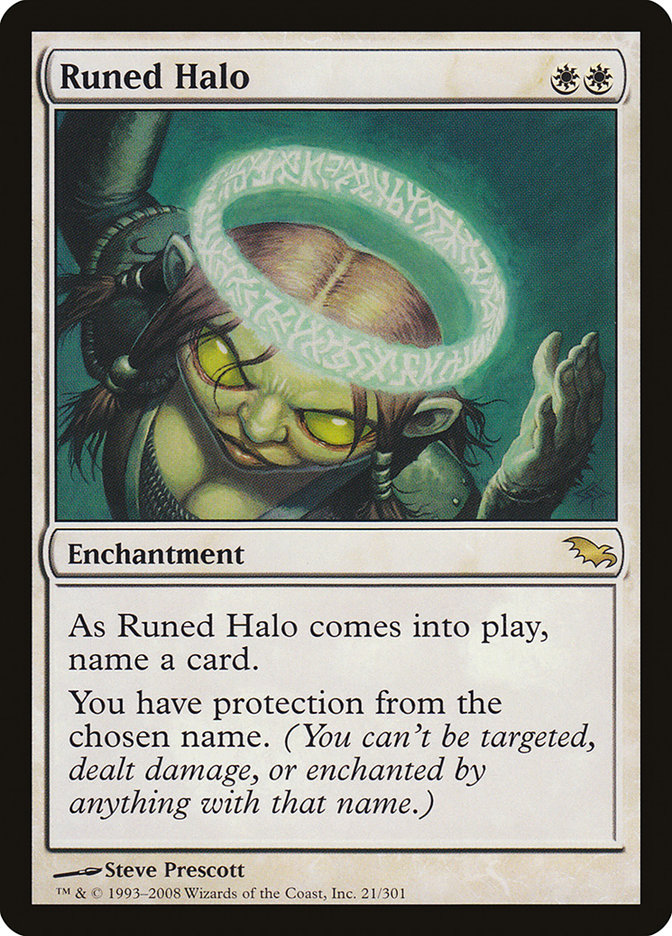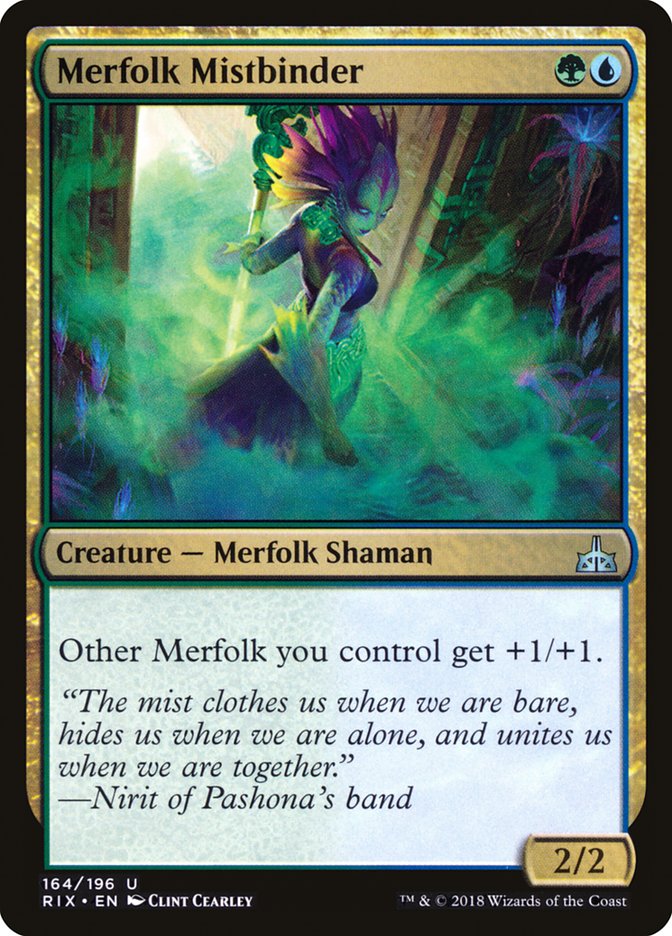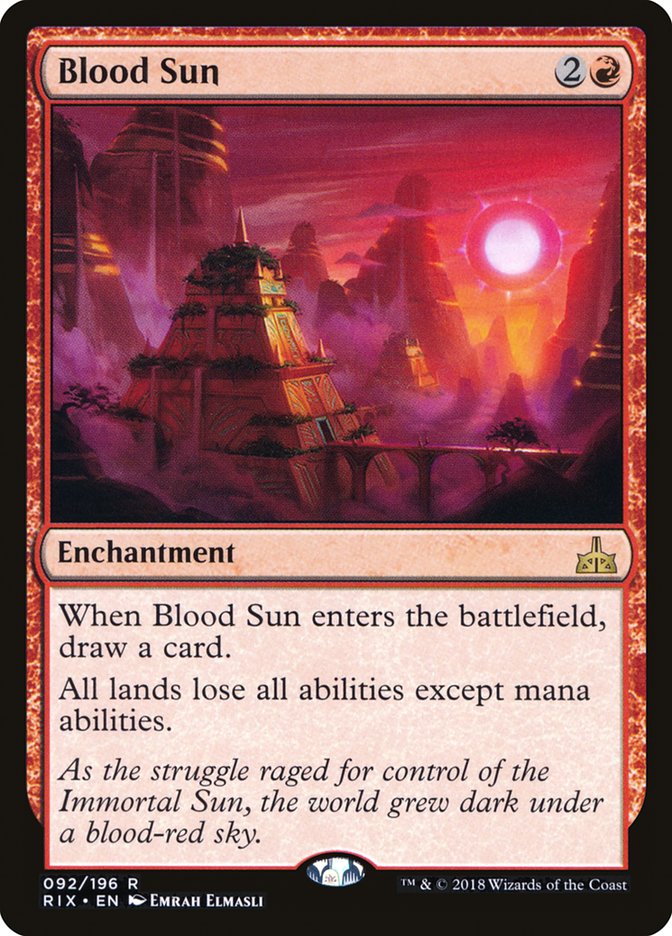Over the weekend in Columbus I had an amazing tournament experience with my
favorite Modern weapon, Jeskai Control. I picked this deck up on a
recommendation of a friend after a disappointing performance with Jeskai
Nahiri at the 2017 Season One Invitational, and piloted it to a top 32
finish in the Modern Open that same weekend. Since then, I have been
exclusively playing and tuning the 75 with my friends. Across the last
several events the deck has performed extremely well for me, enabling me to
convert my last four Modern SCG events into top 8 finishes.
While I’m very proud of these results, it was great to finally get the
trophy itself. Playing out the top 8 with many great competitors and
friends, leading to an incredible finals match against (Jeskai King) Kevin
Jones in an insane 74-card mirror match was the perfect way to end the
weekend. My goal with this article is to answer many of the questions I
frequently get about the deck and to help prepare you for playing with, or
against, the best control deck in Modern.
Creatures (4)
Planeswalkers (1)
Lands (24)
Spells (31)

Jeskai Control has existed since the inception of Modern in one form or
another, even taking down a Modern Pro Tour in the hands of StarCityGames’s
own, Shaun McLaren. The popularity of this archetype has fluctuated over
the years, and recently the Jeskai Geist builds have been popular and have
established themselves as a tier one archetype. However, my deck diverges
from Jeskai Geist in major ways.
While many of the core cards in both decks are the same, the way they play
out is extremely different. While the Geist builds seek to leverage an
early tempo advantage through Geist of Saint Traft and Spell Queller, then
finish the opponent off with a flurry of burn spells, the Jeskai Control
deck I play takes a different approach. By utilizing a large number of
cheap and efficient interaction spells early in the game alongside powerful
card advantage spells like Snapcaster Mage, Cryptic Command, and Search for
Azcanta to dominate the late game.
Sinking the Opponent in Card Advantage
The recent printing of Search for Azcanta gives Jeskai Control additional
inevitability against the majority of the metagame at a relatively low
deckbuilding cost. Previously, this slot in the deck was occupied by Think
Twice, which was serviceable but never amazing. What makes Search for
Azcanta great is that it’s great on turn 2 but also great on turn 10. The
front half of the card helps filter your draws in the early game, which can
be crucial as certain cards’ utility are extremely matchup-dependent
(Supreme Verdict, for example). Once Search for Azcanta transforms into
Azcanta, the Sunken Ruin, it starts generating an even larger advantage
through its ability to help find whatever card you need at the moment, be
it a big finisher in Secure the Wastes, a ton of cards and life in Sphinx’s
Revelation, or just another Lightning Bolt to help stabilize the
battlefield. In addition, being a land that taps for mana is huge in many
spots and is often overlooked when evaluating the card, as this deck rarely
runs out of things to spend mana on. The efficiency of Search for Azcanta
combined with its overall power level makes it the perfect tool for the
deck, and I believe much of this deck’s recent success can be attributed to
the addition of this card.
Treasures of the Sunken Ruin
I get a lot of questions about some of the unorthodox cards that I’ve had
success with and the role they play in the overall strategy of Jeskai
Control, so now seems like a great time to go over a few of them.
One of the least controversial cards on this list, Sphinx’s Revelation is
the ultimate card advantage spell in a deck designed to get to the late
game. The life gain is also nontrivial, often buying you time to deploy
cards from your now fully-stocked hand.
Secure the Wastes is often questioned, and I see many other players cut it
from the 75 without giving it a second thought. However, I believe the card
is a very unique and am extremely valuable tool for Jeskai Control. On the
surface, Secure the Wastes seems like a clunky late game finisher, but it
goes much deeper than that. Its power as a finisher comes from the fact
that it’s very difficult for those with traditional removal to interact
with and will basically always get a hit in by casting it on your
opponent’s end step.
Another benefit of Secure the Wastes is that it’s an instant. Being an
instant allows you to hold up mana during your opponents’ turn, a critical
part of Jeskai Control’s strategy. However, the most unrecognized usage of
this card is as a solid early/midgame play. Securing for three or four is a
fantastic way to either pressure a deck like U/R Gifts Storm, buy yourself
some time against aggressive creature decks, or pick off a pesky
planeswalker.
Nothing too complicated going on with this one. Nahiri is a good way to
deal with problematic permanents like a Blood Moon or a Reality Smasher,
loot away dead cards in various matchups, and is simply a strong proactive
play that most opponents cannot ignore. This slot could also be Ajani
Vengeant, which has many of the same strengths; and while my Nahiri can’t
ultimate for Emrakul, the Aeons Torn, she isn’t without anything to put
onto the battlefield.
The world’s largest Snapcaster Mage plays an invaluable role as a way to
gum up the ground, end the game quickly, and is a great target for Nahiri’s
ultimate. While many might cut this for the fourth Snapcaster Mage, it has
enough upside to earn its spot in the list.
Because Jeskai Control preys so heavily on creature decks, you can afford
to include a card that might not always have a target like Negate because
in the matchups where you want it, it’s an all-star.
Supreme Verdict is one of the best cards to have against any creature
decks, and the fact that it can’t be countered makes it a key card to
beating Grixis Death’s Shadow and Merfolk. Other matchups the card excels
in are against any Collected Company variant, Affinity, Eldrazi Tron, and
Humans.
This card gets a lot of hate, but I think its one of the best hate cards
Jeskai Control can play. Runed Halo is an extremely unique and
hard-to-deal-with answer to specific threats. It shines against Titan
Shift, Grixis Death’s Shadow, Infect, Burn, Ad Nauseam, and G/W Hexproof.
However, it’s also more versatile than people realize, as naming cards like
Thought-Knot Seer, Reality Smasher, Grapeshot, Codex Shredder, Etched
Champion, and Prized Amalgam are all things that have come up.
Moving Forward
Currently, I believe that Jeskai Control has an excellent position in the
metagame. Modern is currently dominated by creature-centric decks, but
Jeskai’s tools allow for it to fight against just about everything. The
deck can be adapted to a specific metagame fairly easily and has access to
very powerful sideboard cards if it needs them, including Rest in Peace and
Stony Silence. One change I would recommend making to the deck would be the
addition of Field of Ruin or Ghost Quarter to the maindeck in place of a
spell. Cards like Cavern of Souls, Sea Gate Wreckage, Azcanta, the Sunken
Ruin, and Gavony Township can be extremely problematic for the deck, as my
current build has very few ways to manage lands.
With Rivals of Ixalan around the corner, I decided to see if there
are any cards that could improve Jeskai Control, but unfortunately, the set
appears to have very little to offer this archetype. That said, there are
two cards that might make an impact across the format that Jeskai Control
should care about:
Merfolk Mistbinder slots easily into the existing U/G Merfolk deck that has
incorporated Kumena’s Speaker and Merfolk Branchwalker, and I would be
surprised if it didn’t see any play. If Merfolk picks up in popularity,
that would be a beneficial metagame shift for Jeskai Control, as tribal
creature decks are weak to being picked apart by our removal.
Blood Sun is more difficult to evaluate. Its primary strength is cutting
off fetchlands, which severely limits the number of decks that can play it.
The only place I really see this showing up is in a Skred Red style deck,
and even then, I think it’s unlikely. However, if this card does show up, I
think that would shift things towards a less favorable metagame for Jeskai
Control.
General Strategy
It’s difficult to describe how to play Jeskai Control because each game is
often very different, and you’re almost always going to be the reactive
player. So instead I have come up with some general guidelines to follow
when playing. While these are not hard and fast rules, they should apply in
the vast majority of situations.
Don’t try and win.
This is the first piece of advice I give to anyone who asks me what their
strategy should be. While it seems ridiculous and you are obviously trying
to win each game you play, the deck rewards playing extremely
conservatively when you can afford too. If you can focus on generating
small advantages each turn, you will eventually be in a position where you
can resolve a haymaker spell and put the game out of reach.
Trade resources often.
You don’t want to lose a game with spells you could have cast still in your
hand. If you trade resources to the point where both players are out of
cards, in most scenarios you’ll be ahead, as there are several draws in the
deck that can lock up the game easily if the opponent has nothing. You
don’t want to be playing against Burn and lose the game with a Logic Knot
and a Cryptic Command in your hand that you didn’t cast, because you never
felt you needed to until it was too late. Countering a Lava Spike when
you’re at fourteen with a Cryptic Command is often correct, because you
just want to trade resources.
Understanding what’s important.
This is certainly the most difficult part of playing the deck. You need to
make sure that you’re spending your resources in the right places. Can I
afford to take three damage to hold up Cryptic Command? Should I counter a
Devoted Druid if my opponent doesn’t have a Vizier of Remedies? Always try
to think about your opponent’s game plan and how they are trying to win so
that you can disrupt it. This is where being very familiar with a format is
invaluable, as you won’t end up casting Path to Exile on the wrong creature
or letting a crucial spell resolve because you don’t believe it’s
important.
Sideboard Guide
Out:

In:

The goal in this matchup is to run them out of threats. Path to Exile,
Celestial Purge, Runed Halo, and Supreme Verdict are the cards you should
be looking for. This is also a matchup where you might have to keep a land
light hand if you have good interaction spells, as taking a mulligan and
then getting a discard spell played on you will often run you out of
resources.
VS U/R Gifts Storm
Out:

In:

In this matchup, you can’t afford to tap out. You often want to draw a
Vendilion Clique or Secure the Wastes early in the game, as they will give
you a big edge, especially if you can back the pressure with a few
counterspells. Fetch a Plains early if you can afford it, as you don’t want
to be stuck under a Blood Moon.
VS Humans
Out:


In:


Against Humans you can’t afford to stumble at all. Look for an opening hand
with several cheap removal spells to deal with their disruptive threats.
Supreme Verdict will usually end the game, so if you have one in hand, try
to hold a removal spell for a potential Meddling Mage.
VS Affinity
Out:


In:


Affinity is an excellent matchup, but you still must be careful. Make sure
you can answer an Etched Champion and don’t get caught off guard by a quick
Blood Moon after sideboarding.
VS Jeskai Geist
Out:

In:

This matchup revolves around Geist of Saint Traft. If they stick one on
turn 3 and you can’t Supreme Verdict it immediately, it’s often too late.
Having a Logic Knot for a turn 3 Geist goes a long way. Remember: Spell
Queller can exile Supreme Verdict, so it’s not always a clean answer to a
Geist.
VS Dredge
Out:

In:

This is the deck’s worst matchup. Game 1 is almost unwinnable, and games 2
and 3 aren’t much better. Your best hope is to use Runed Halo or Detention
Sphere to answer either Prized Amalgam or Bloodghast and focus on using
removal that exiles creatures on the other. Often in these games you just
need to buy enough time and they will mill out. Try not to tap out if they
can cast a big Conflagrate either. Cryptic Command in conjunction with
Snapcaster Mage can buy you a few turns, so use it to dig for answers.
Another good plan for the matchup is to concede and go get lunch.
VS Burn
Out:

In:

This matchup feels great after sideboard. Drawing even a single Lightning
Helix is often enough to put the game out of reach, and when backed up with
Dispel, you can normally get around Skullcrack. If you can land a Runed
Halo after the opponent plays an Eidolon of the Great Revel, they are often
forced to use a removal spell on their own Eidolon or risk becoming locked
out by it as the game goes on.
Hopefully this article is a good introduction to Jeskai Control. If you
decide to bring the deck to an event, I would recommend playing a fair
number of matches beforehand and always keeping the round clock in mind.
Good luck!




